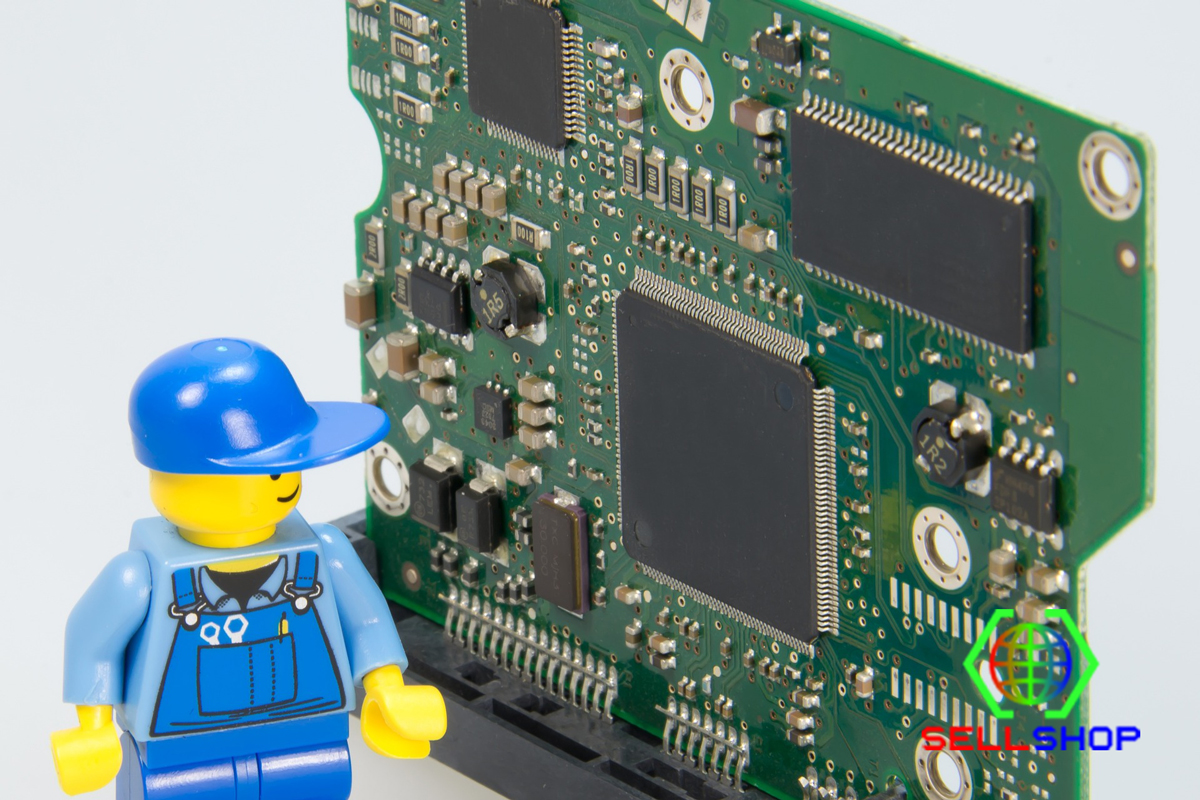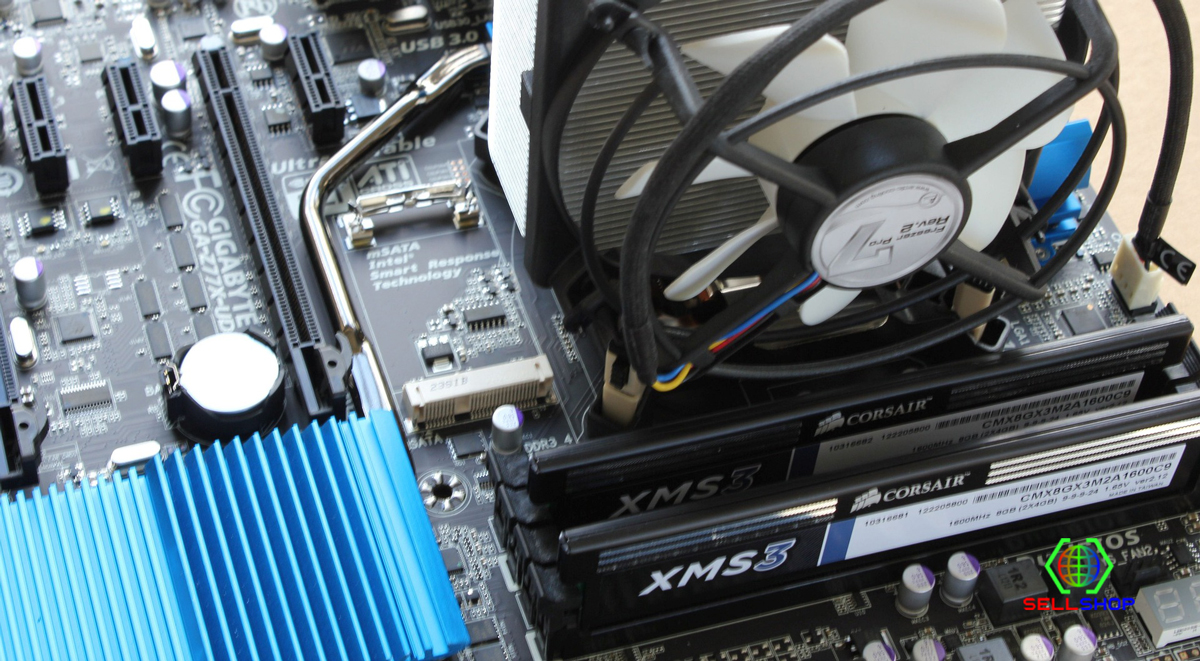
Your CPU is the mind of your computer, answerable for processing statistics and executing commands. As your CPU works, it generates heat, and if the temperature rises too high, it can lead to system instability, damage, and even permanent failure. Therefore, monitoring your CPU temperature and taking steps to keep it cool is crucial for maintaining a healthy and efficient PC. In this guide, we'll share some tips on CPU temperature monitoring and how to keep your processor cool. Part 1: Understanding CPU Temperature Before we dive into the tips, let's first understand CPU temperature and how it affects your system.
Understanding CPU Temperature
Before we dive into the tips, let's first understand CPU temperature and how it affects your system.
The temperature of your CPU is measured in degrees Celsius (°C) or Fahrenheit (°F) and varies depending on several factors, such as workload, ambient temperature, and cooling system. The ideal temperature range for your CPU depends on the model and manufacturer, but generally, it should be between 40°C to 65°C (104°F to 149°F) when under load.
When your CPU temperature exceeds the ideal range, it can lead to system instability, performance degradation, and even hardware failure. Therefore, it's crucial to monitor your CPU temperature regularly and take appropriate steps to keep it cool.
Tips for CPU Temperature Monitoring

CPU Temperature Monitoring Tips to Keep Your Processor Cool
- Use Hardware Monitoring Tools
Hardware monitoring tools are software programs that monitor your PC's hardware performance, including CPU temperature, fan speed, and voltage. These tools provide real-time data and alerts when your CPU temperature reaches critical levels.
There are several hardware monitoring tools available, such as HWMonitor, Open Hardware Monitor, and Core Temp, among others. These tools are easy to use and can help you identify and address temperature issues quickly.
- Check Your Cooling System
Your PC's cooling system is responsible for regulating your CPU's temperature, and it's crucial to ensure that it's working correctly. If your cooling system is not working correctly, it can lead to overheating and damage to your CPU.
Check your cooling system regularly to ensure that your fans are working correctly and that your heatsinks are clean and free from dust buildup. If you notice any issues, such as noisy fans or high temperatures, consider replacing your cooling system.
- Monitor Ambient Temperature
The ambient temperature in your workspace can also affect your CPU temperature. If your workspace is too hot, your CPU temperature can rise, leading to system instability.
Therefore, it's essential to monitor your ambient temperature and adjust your cooling system accordingly. You can use a thermometer to measure the temperature in your workspace and adjust your cooling system's fan speed and airflow to keep your CPU cool.
- Reduce Your CPU Load
Running intensive applications or multitasking can put a significant load on your CPU, leading to higher temperatures. Therefore, it's essential to reduce your CPU load where possible.
You can close unnecessary programs and processes to reduce your CPU load and lower your CPU temperature. Additionally, consider upgrading your hardware or optimizing your software to reduce your CPU load further.
- Overclock with Caution
Overclocking your CPU can boost performance but also increases heat output and puts more strain on your processor. Therefore, it's essential to overclock with caution and monitor your temperature closely.
Use a reliable overclocking tool that allows you to adjust your CPU's voltage and clock speed. Start with small adjustments and test your system's stability before making significant changes.
Part 3: Advanced Tips for CPU Temperature Monitoring
If you're a power user or overclocker, you may need more advanced
tips to keep your CPU cool. Here are some advanced tips for CPU temperature monitoring:

CPU Temperature Monitoring Tips to Keep Your Processor Cool
- Undervolt Your CPU
Undervolting your CPU means lowering the voltage supplied to your processor, reducing power consumption, and heat output. Undervolting can significantly lower your CPU temperature, making it an effective way to keep your processor cool.
However, undervolting requires technical knowledge and can potentially damage your CPU if done incorrectly. Therefore, it's essential to research and follow a safe undervolting guide or seek the help of a professional.
- Replace Thermal Paste
Thermal paste is a heat-conductive material that helps transfer heat from your CPU to your heatsink. Over time, the thermal paste can dry out or degrade, reducing its effectiveness and causing your CPU to overheat.
Therefore, consider replacing your thermal paste every 1-2 years to ensure optimal heat transfer. Use a high-quality thermal paste and follow a guide to ensure a proper application.
- Install Additional Fans
If your cooling system is not providing sufficient airflow, consider installing additional fans to increase airflow and lower your CPU temperature. Additional fans can help circulate cool air into your PC case and expel hot air out.
Before installing additional fans, consider the size and placement of your case and ensure that your cooling system can support the additional load.
- Consider Liquid Cooling
Liquid cooling is an advanced cooling system that uses liquid coolant to transfer heat from your CPU to a radiator, where it's dissipated. Liquid cooling is more effective than traditional air cooling and can significantly lower your CPU temperature.
However, liquid cooling requires technical knowledge and can be expensive. Additionally, liquid cooling systems require maintenance and can potentially leak, causing damage to your hardware.

CPU Temperature Monitoring Tips to Keep Your Processor Cool
What it Means for the Future of Data Center Technology
IBM Cloud Data Center Locations
Components of Data Center Infrastructure
CPU temperature monitoring is crucial for maintaining a healthy and efficient PC. By using hardware monitoring tools, checking your cooling system, monitoring ambient temperature, reducing your CPU load, and overclocking with caution, you can keep your processor cool and prevent system instability and damage.
For advanced users, undervolting your CPU, replacing the thermal paste, installing additional fans, and considering liquid cooling can provide further temperature reductions.
Remember to monitor your CPU temperature regularly and take appropriate action if your temperature rises above the ideal range. With proper CPU temperature monitoring and cooling, you can ensure optimal performance and longevity of your PC.
https://sellshop.com.bd/cpu-temperature-monitoring-tips-to-keep-your-processor-cool/
Comments
Post a Comment